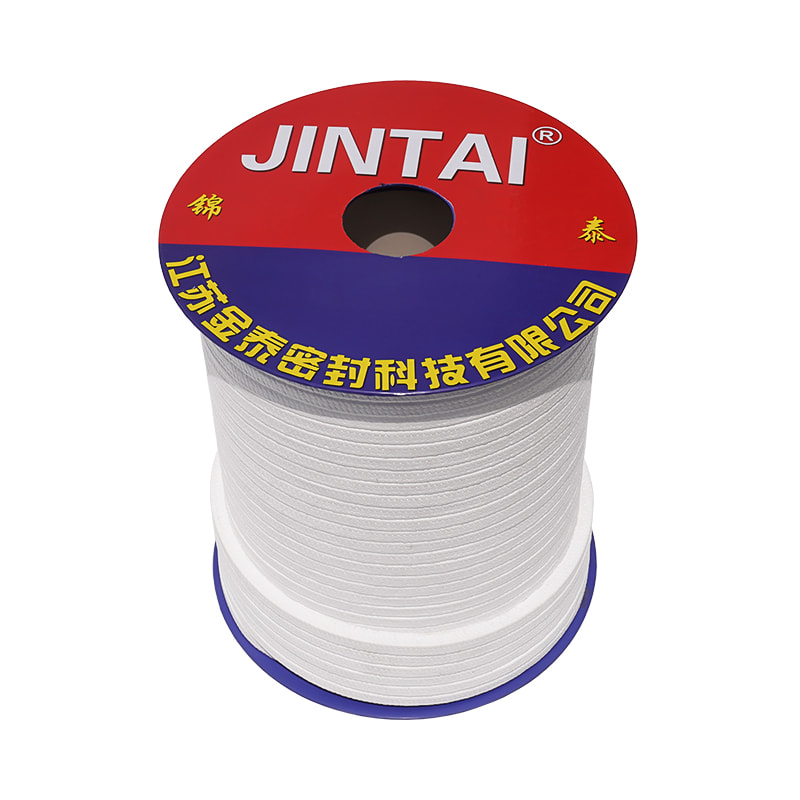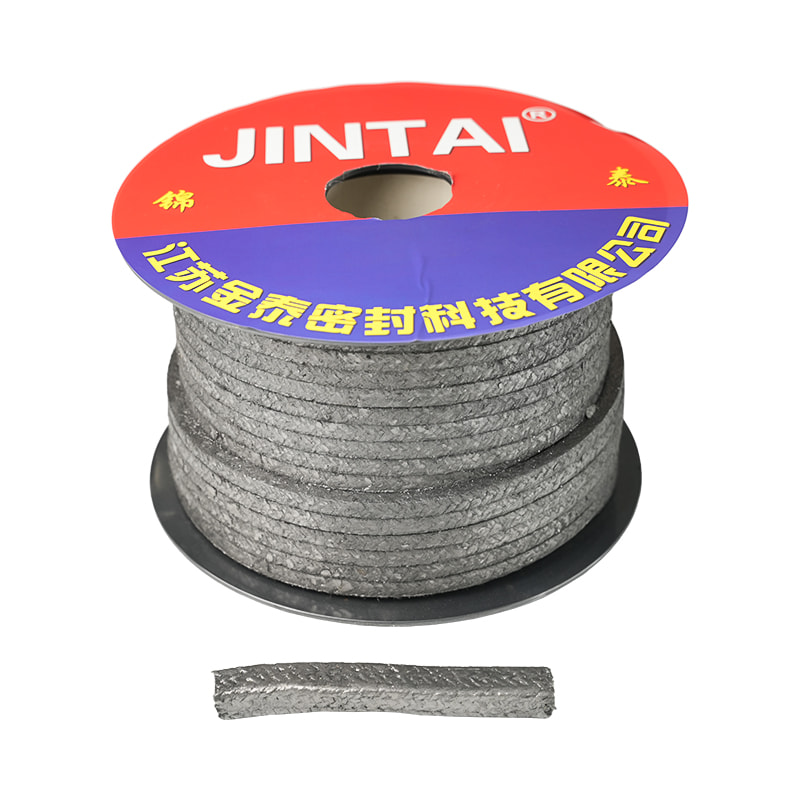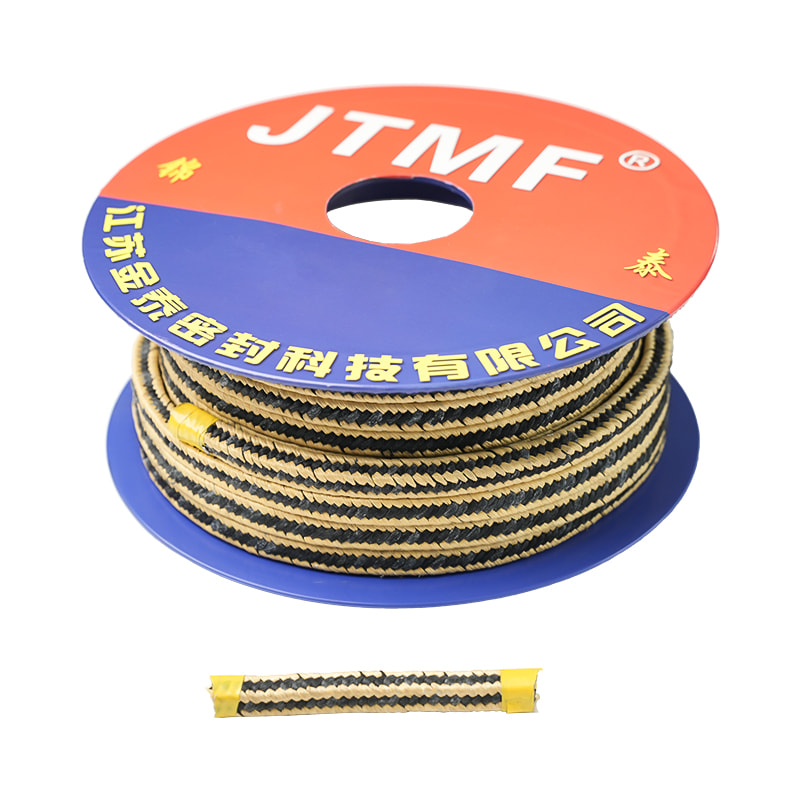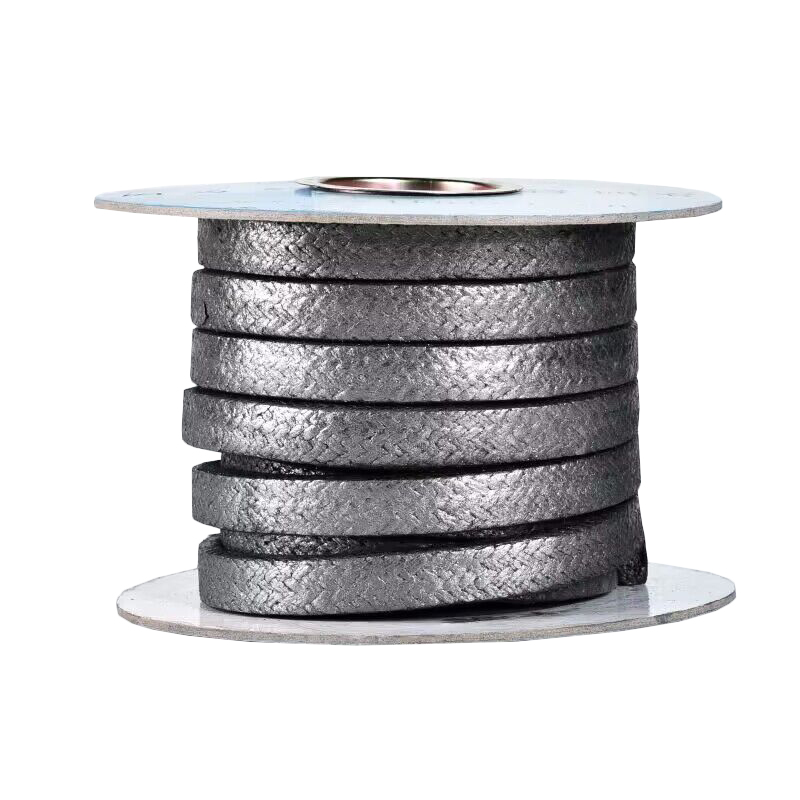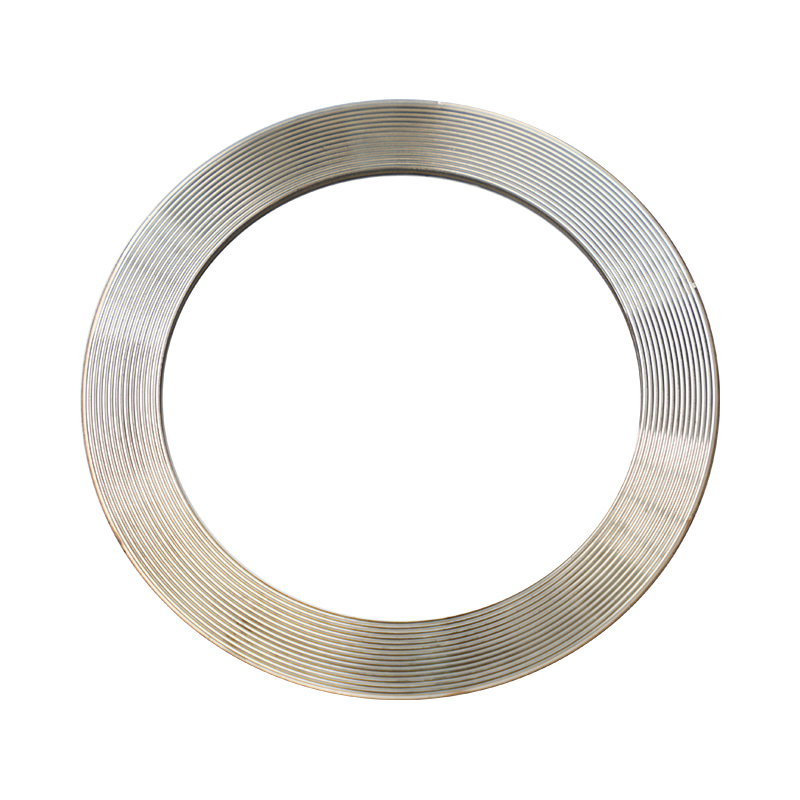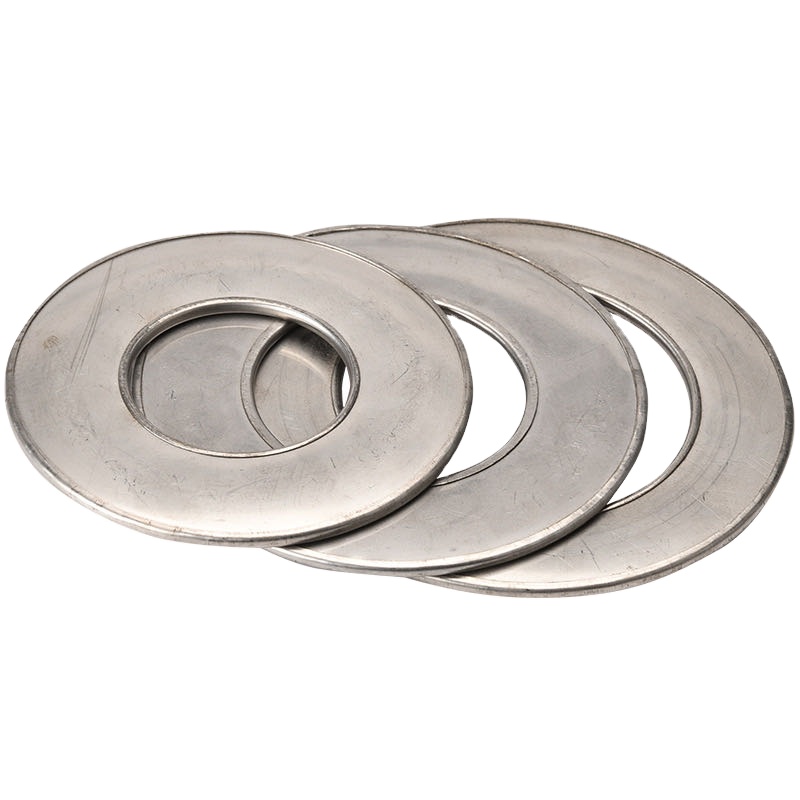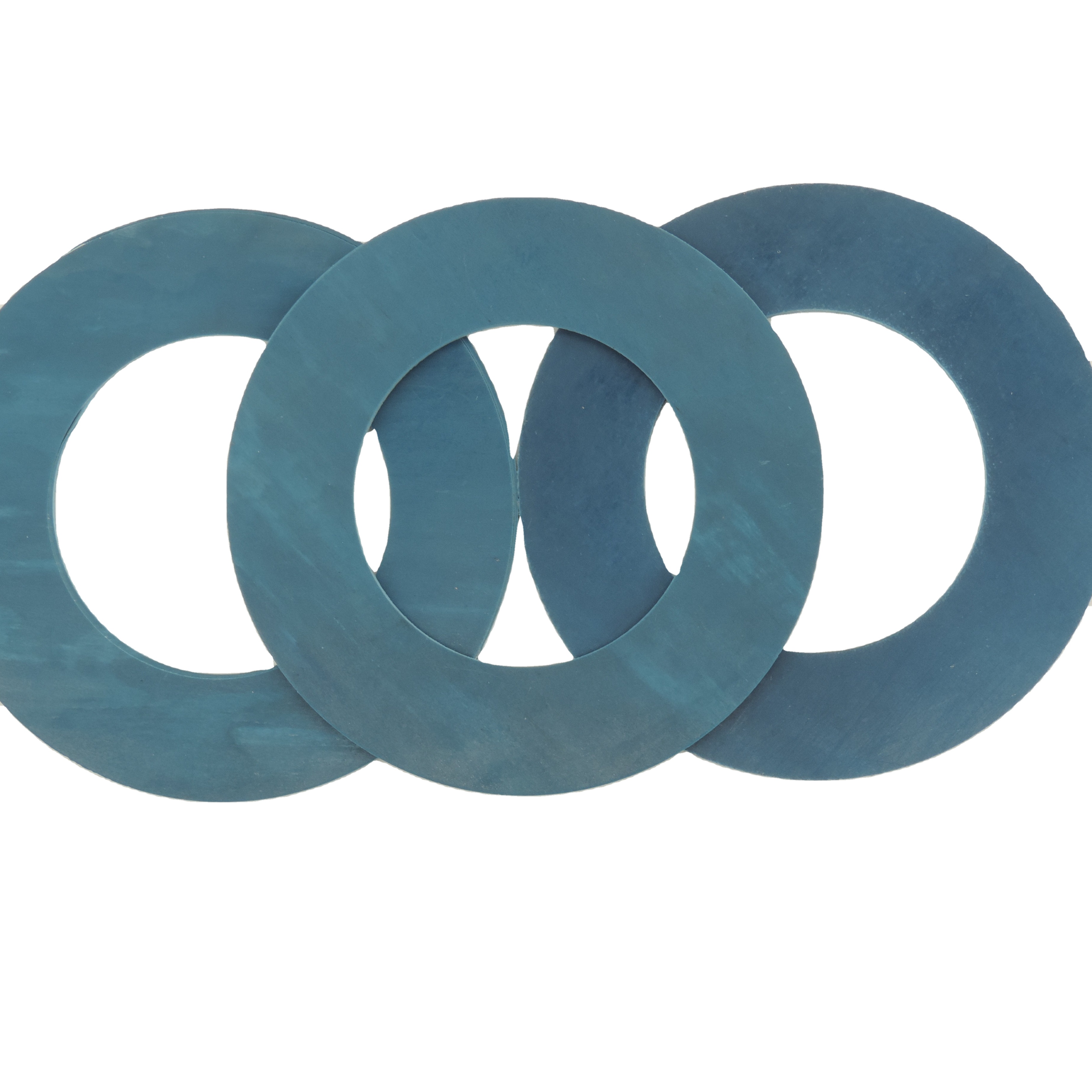Graphite Gland Packing Sizes: A Comprehensive Guide
 2025.11.06
2025.11.06
 Industry News
Industry News
- 1 1. Introduction
- 2 2. Understanding Graphite Gland Packing and Why Size Matters
- 3 3. Key Factors Influencing Size Selection
- 4 4. Standard Size Ranges and Charts
- 5 5. Application‑Specific Size Selection
- 5.1 5.1 Sizing for pump stuffing boxes (rotary, reciprocating)
- 5.2 5.2 Sizing for valves and stems — optimal graphite gland packing size for valve shafts
- 5.3 5.3 Sizing in high‑pressure service — how to determine graphite gland packing size for high‑pressure service
- 5.4 5.4 Matching size to shaft diameter — graphite gland packing sizes for different shaft diameters
- 6 6. Comparison Table: Different Size Options vs. Performance
- 7 7. Practical Tips for Selection and Installation
- 8 8. Company Profile and Why Our Solutions Stand Out
- 9 9. FAQ
In today's industrial sealing environments, selecting the correct size of gland packing is just as important as selecting the right material. In this article, we explore how to determine the correct graphite gland packing sizes, integrate size charts, and match them to various applications. We will also draw on the expertise of our company, Jiangsu Jintai Sealing Technology Co., Ltd., to provide actionable, professional guidance.
1. Introduction
The term graphite gland packing sizes refers to the cross‑sectional and length dimensions of braided or formed graphite‑based packing used in glands (stuffing boxes) of pumps, valves and other rotating or reciprocating equipment. Choosing the right size directly impacts sealing performance, equipment life and maintenance costs. In this guide, we also cover long‑tail phrases such as graphite gland packing size chart for pumps, optimal graphite gland packing size for valve shafts, standard graphite gland packing dimensions mm, how to determine graphite gland packing size for high‑pressure service, and graphite gland packing sizes for different shaft diameters.
Valves Pump Gland Packing Seals White Pure PTFE Gland Packing
2. Understanding Graphite Gland Packing and Why Size Matters
2.1 What is graphite gland packing?
- Graphite gland packing is a sealing medium made from expanded or flexible graphite yarns/braids, often reinforced with fibres or wires for high‑performance service.
- This type of packing is widely used in pumps and valves because of its excellent temperature resistance, self‑lubrication and chemical resilience.
2.2 Why the correct graphite gland packing sizes matter in sealing performance
- If the cross‑section is too large, the gland may be overstuffed, causing high friction, shaft wear or overheating.
- If too small, leakage may be excessive or packing may extrude under pressure.
3. Key Factors Influencing Size Selection
3.1 Shaft/valve stem diameter and speed
- Shaft diameter directly correlates with the required packing cross‑section. Larger shafts typically need larger cross‑sections.
- Higher linear velocities (shaft speed × circumference) generate more friction; size must account for heat dissipation.
3.2 Operating pressure and temperature
- High pressures require larger cross‑sections or reinforcement to resist extrusion and leakage.
- High temperatures reduce material margin; packing must maintain compression and stability at size under those conditions.
3.3 Medium (chemical, pH) and environment
- Corrosive media or wide pH ranges demand packing with chemical resilience; size may be adjusted to allow for protective coatings or extra rings.
- Abrasive slurries may require slightly larger cross‑section to provide longer wear life before renewal.
3.4 Installation depth and gland design
- The stuffing box depth, presence of lantern rings or flush ports, and gland bolt design influence how many rings and what size cross‑section is optimal.
4. Standard Size Ranges and Charts
4.1 Common cross‑sectional dimensions for graphite packing
Typical metric cross‑sections for graphite gland packing range from small sizes like 3 mm × 3 mm up to large sizes like 30 mm × 30 mm (or more) depending on the application. One chart shows sizes from 6‑12 mm, 20‑30 mm, 30‑40 mm etc.
4.2 Using a graphite gland packing size chart for pumps
For pump stuffing boxes, a size chart helps match shaft diameter to packing cross‑section: for example a 50 mm shaft might use a 10 mm×10 mm packing cross‑section. Use such charts as starting point and then adjust for speed/pressure.
4.3 How to select standard graphite gland packing dimensions mm for your equipment
- Measure the stuffing box bore and shaft diameter.
- Refer to the manufacturer's or industry size chart.
- Check operating conditions (speed, pressure, temperature) and decide if standard size needs upscaling for durability.
5. Application‑Specific Size Selection
5.1 Sizing for pump stuffing boxes (rotary, reciprocating)
- Rotary pumps often allow thinner cross‑sections because shaft speed is known and steady.
- Reciprocating pumps may require larger cross‑sections to handle oscillating motion and rod wear.
5.2 Sizing for valves and stems — optimal graphite gland packing size for valve shafts
- Valve stems typically have slower movement, so friction is less of a concern; packing may be sized according to stem diameter and pressure rating.
- Where valve pressure is high, size may need reinforcement or larger cross‑section to resist extrusion and leakage under load.
5.3 Sizing in high‑pressure service — how to determine graphite gland packing size for high‑pressure service
- For service say 100 bar or more, start with a larger cross‑section (e.g., 20 mm×20 mm) or use reinforced packing.
- Ensure depth of stuffing box accommodates the ring count for that size. Use manufacturer reference for p×V limits.
5.4 Matching size to shaft diameter — graphite gland packing sizes for different shaft diameters
Below is a comparison table illustrating how size may vary with shaft diameter:
| Shaft diameter | Suggested packing cross‑section | Notes |
| 25 mm | 8 mm × 8 mm | Low speed, low pressure |
| 50 mm | 10 mm × 10 mm | Medium pump duty |
| 100 mm | 15 mm × 15 mm | High speed or pressure pump |
| 150 mm | 20 mm × 20 mm | Large valve or heavy duty pump |
6. Comparison Table: Different Size Options vs. Performance
6.1 Overview of size vs. leakage vs. friction
The table below compares hypothetical packing cross‑section sizes and their typical effect on leakage and friction.
| Cross‑section size | Leakage tendency | Friction/shaft wear tendency |
| Small (e.g., 8 mm×8 mm) | Higher leakage risk if conditions harsh | Lower friction/wear |
| Medium (e.g., 12 mm×12 mm) | Balanced leakage and wear | Moderate friction |
| Large (e.g., 20 mm×20 mm) | Lower leakage risk, better durability | Higher friction and need for stronger gland design |
6.2 Table showing comparison
See above for the comparison table.
7. Practical Tips for Selection and Installation
7.1 Steps to measure and choose size
- Measure shaft diameter, stuffing box bore and depth.
- Check operating data: pressure, temperature, speed, medium.
- Consult size chart or reference for a starting cross‑section.
- Verify gland design allows required ring count for that cross‑section.
- Install packing rings one at a time, cut at 45°, no gaps, compress uniformly.
7.2 Common pitfalls in size selection
- Choosing too small a size: leads to excessive leakage or early wear.
- Choosing too large a size: overstuffing, high friction, heat build‑up, shaft wear.
- Ignoring installation depth: large cross‑section may not fit stuffing box or may reduce ring count.
- Ignoring operational parameters: speed, pressure, chemical environment can force size adjustment even if chart suggests standard size.
7.3 Maintenance implications of incorrect size
- Frequent gland adjustments and packing replacement when undersized.
- Overheated shafts or shortened packing life when oversized.
- Increased downtime, higher maintenance costs, and possible equipment damage.
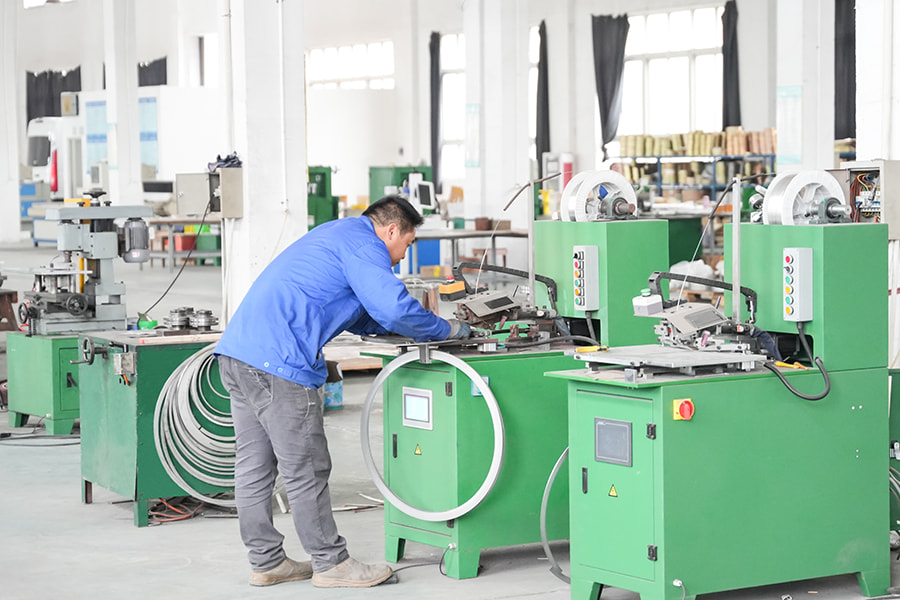
8. Company Profile and Why Our Solutions Stand Out
Founded in 2004 and located on Xingyuan Road, Yuanzhu Industrial Park, Taixing, Jiangsu Province, our company, Jiangsu Jintai Sealing Technology Co., Ltd., has developed rich experience after years of scientific experimentation and manufacture. We possess sound quality management manuals and monitoring systems.
Under our high‑end sealing product brand, we focus on providing high‑quality sealing solutions to meet the needs of different industries and customers. We carry out technological innovation, adopt advanced materials and manufacturing processes, and develop new sealing materials and designs to adapt to changing market needs and improve product performance.
As a comprehensive sealing technology enterprise, we research, manufacture and sell various types of seals, environment‑friendly asbestos‑free gaskets, specialized rubber material products and parts insulation materials for pneumatic and hydraulic systems. Over many successive years we have formed a complete set with industries such as shipping, power, iron and steel, chemistry, and machinery.
Our products have achieved CCS classification society quality system identification, passed environmental and national non‑metal tests, and from 2012 we built a sealing technology industrial park running from December 2013. With our experienced foreign trade team and global partnerships, we export to Eastern Europe, Southeast Asia and Africa, and we are eager to undertake major projects worldwide.
In short, when selecting your graphite gland packing sizes, you benefit from our strong R&D, proven manufacturing and global service network.
9. FAQ
- Q1: What is the smallest recommended size for graphite gland packing?
- A: For small shafts (e.g., < 25 mm diameter) you might start with about 8 mm × 8 mm cross‑section, but the exact size must be confirmed based on operating speed, pressure and gland design.
- Q2: Can I always use the size chart without adjustment?
- A: No — the charts provide a baseline, but you must always adjust for your specific application (pressure, temperature, speed, medium, gland depth) to ensure correct size selection.
- Q3: What happens if I choose an oversized packing cross‑section?
- A: Oversizing can lead to over‑compression, high friction, overheating, shaft wear and shortened service life of the packing and equipment.
- Q4: How often should the packing size be reviewed?
- A: Whenever equipment is upgraded, operating conditions change (higher speed, pressure, different medium) or you observe increased gland adjustments or leakage — reviewing size is crucial.
- Q5: Does correct size guarantee leakage‑free operation?
- A: While correct size is a vital factor, sealing performance also depends on installation, material quality, shaft finish, gland condition and maintenance. So size is necessary but not alone sufficient.

 Eng
Eng  русский
русский
